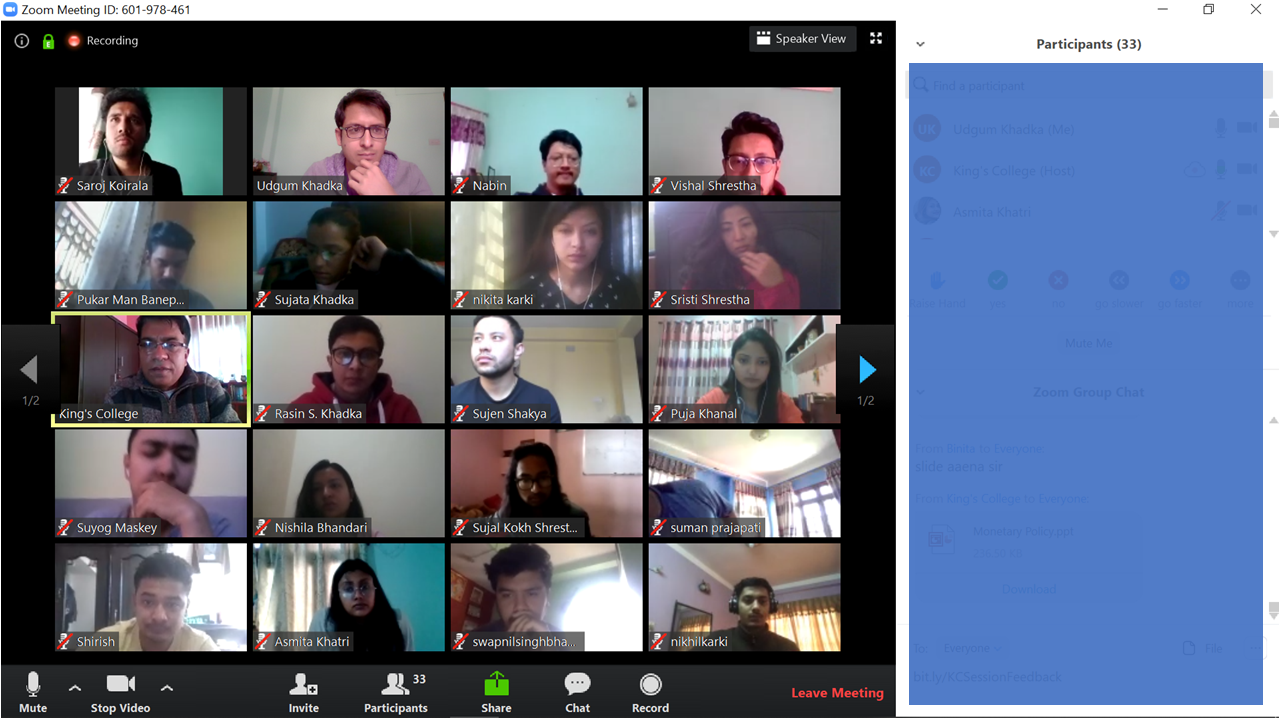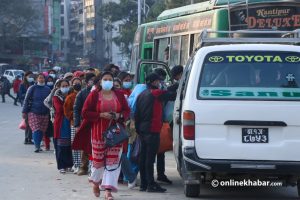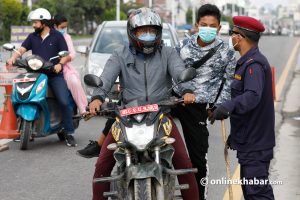
With the current Covid-19 crisis forcing everyone to be locked inside homes, it has halted almost every industry from aviation to hospitality and education. The degree of impact caused by the virus is enormous given that most of the world’s economies are facing recession with the fear of depression coming the way, leading to economic chaos and imbalance. One of the promising solutions to continue with most businesses and industries’ activities and pursue cash flows is the implementation of digital tools and platforms.
Education is one of those sectors hardly hit by the virus as schools are closed and learning is somehow disturbed. More than 1.2 billion children are out of the classrooms. With the uncertainty around the current situation, many institutions are practicing e-learning, which is simply a method of learning using online video conferencing platforms like Zoom, Google Meet, and different social media platforms. Companies like BYJU’S are seeing a significant jump in the number of students using their products. Even before the crisis, the investment in education technology reached $19 billion approximately in 2019 and is poised to reach $350 billion by 2025, highlighting the rising market for online education.
The lockdown that started on March 24, now extended until May 18, has caused schools, colleges, and universities to remain closed and students are out of classrooms. A few schools have started online education to continue with their academic calendar, but the adaptability remains questionable. So, how does the future of e-learning hold for Nepal?

In Nepal, e-learning is still in its infancy with different sorts of challenges still there, posing threats to effective learning. Some schools and colleges have even started with online education in partnership with the parents and educational boards. But the question remains: whether the methods will be effective. Before issuing any order or instruction to pursue e-learning, there are a few questions that the government, concerned authorities, and organisations need to address:
How many students and teachers do actually have access to electricity and internet services?
How many people have knowledge and literacy required to operate the digital platforms?
Are there adequate training and capacity building programmes launched for teachers and students?
Is there any proper evaluation and assessment of the people facilitated with sound electricity and internet services and those who are not?
Before the adoption of e-learning, infrastructural development is the most critical step in the context of Nepal. There should be a clear mapping of students’ and teachers’ accessibility to those services. The government must focus on building capabilities including stable internet services, electricity, and access to devices including smartphones and laptops to different users. A survey by an internet service provider recently reveals that just 17% of its total users have access to fixed broadband and most people rely on mobile data, which makes online education extremely expensive and inaccessible in the current context. Partnering with the best technology partners inside and outside the country for infrastructural development appears to be one of the major elements in the roadmap to digital education.

Academic institutions need to study, analyse, and plan thoroughly to introduce online education models. Strict rules, and guidelines and proper training should be prepared and coordinated to monitor, standardise, and streamline the utilisation of online learning platforms.
But, for want of all these, it seems the traditional chalk-duster learning method will continue to remain important and dominate the Nepali education market for the next many years. The possibility of e-learning looks a long road ahead in the context of Nepal and the full-phase adaptation of technology for education will take at least another decade, that too only if the government continuously supports the investment and development of infrastructures required.
Lamichhane is a graduate from Kathmandu University School of Management, currently working as a research analyst at Frost & Sullivan.
























